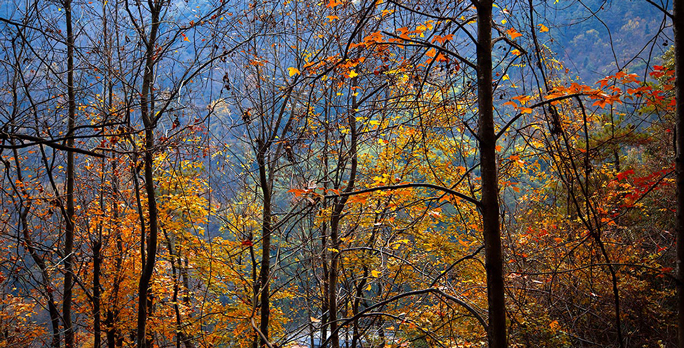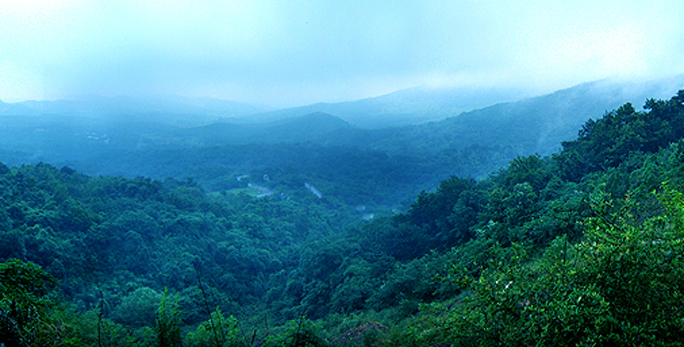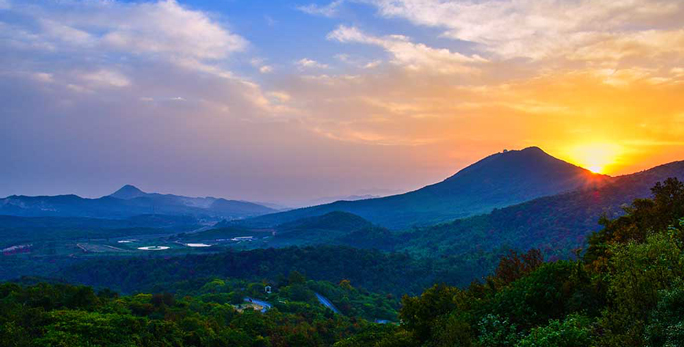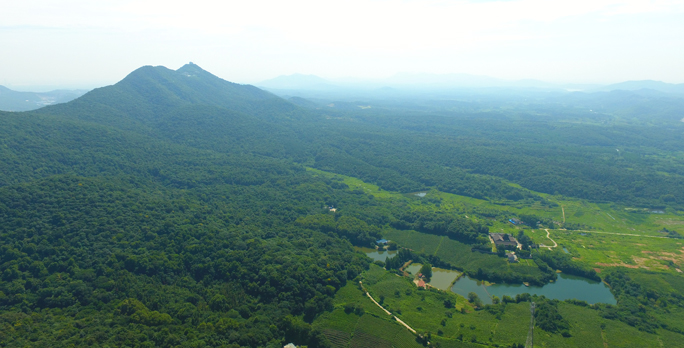Baohua Mountain National Park
Baohua Mountain National Park is AAAA level scenic spot. Locate in northern Jurong city Jiangsu province, situate in the best tourism of East China. 30 km from Nanjing, Zhenjiang and Jurong.
The huge forest is the main part of Baohua Mountain, nearly 30 square km. There is a Long Chang Temple on the mountain, which is reputation in Southeast Asia. On the foot of the mountain, you can see is the No.1 mountain of Hualu--Qian Hua Village, people call it ‘revive of the peach garden’. It combines the Magnolia zenii and many rare creatures. Baohua Mountain was approve as a "provincial nature reserve" in 1981, as a National Forest Park in April 1996, in 2003 it was ratified as national AAAA level scenic spot.
Baohua Mountain is known as the 4 wonders--"beauty of forests, peaks of mountains, deep holes and deep haze". Old trees, streams, shade under tree, clouds, caves, fountains and flowers spread all over the mountains. Also there are some rare trees on the mountain, like linden and ginkgo. Among them, Magnolia zenii is the most special, they look like lotus, white as snow, the fragrance and the comeiness of flower attracted many tourists.Magnolia zenii was discovering by gardening experts Jurong in 30s of last century right in this mountain. The most valuable thing about the Magnolia zenii is that this is the only pure species of magnoliaceae; it’s rare just like panda. In 2004, Magnolia zenii was list in the most endangered species of Chinese plants with Luehdorfia puziloi these have only two biological card in Jiangsu.
Baohua Mountain has "bubble mountain Festival"every year. The negative oxygen ion content 20 thousand/cubic cm in the air. Visitors come here can enjoy the fresh air and try variety traditional cultural display: handicraft performance, singing, national jogging. Also there are lots of festivals like Kite Festival, water splashing festival, Autumn Festival, beer gourmet festival, photography competition and so on.


























































